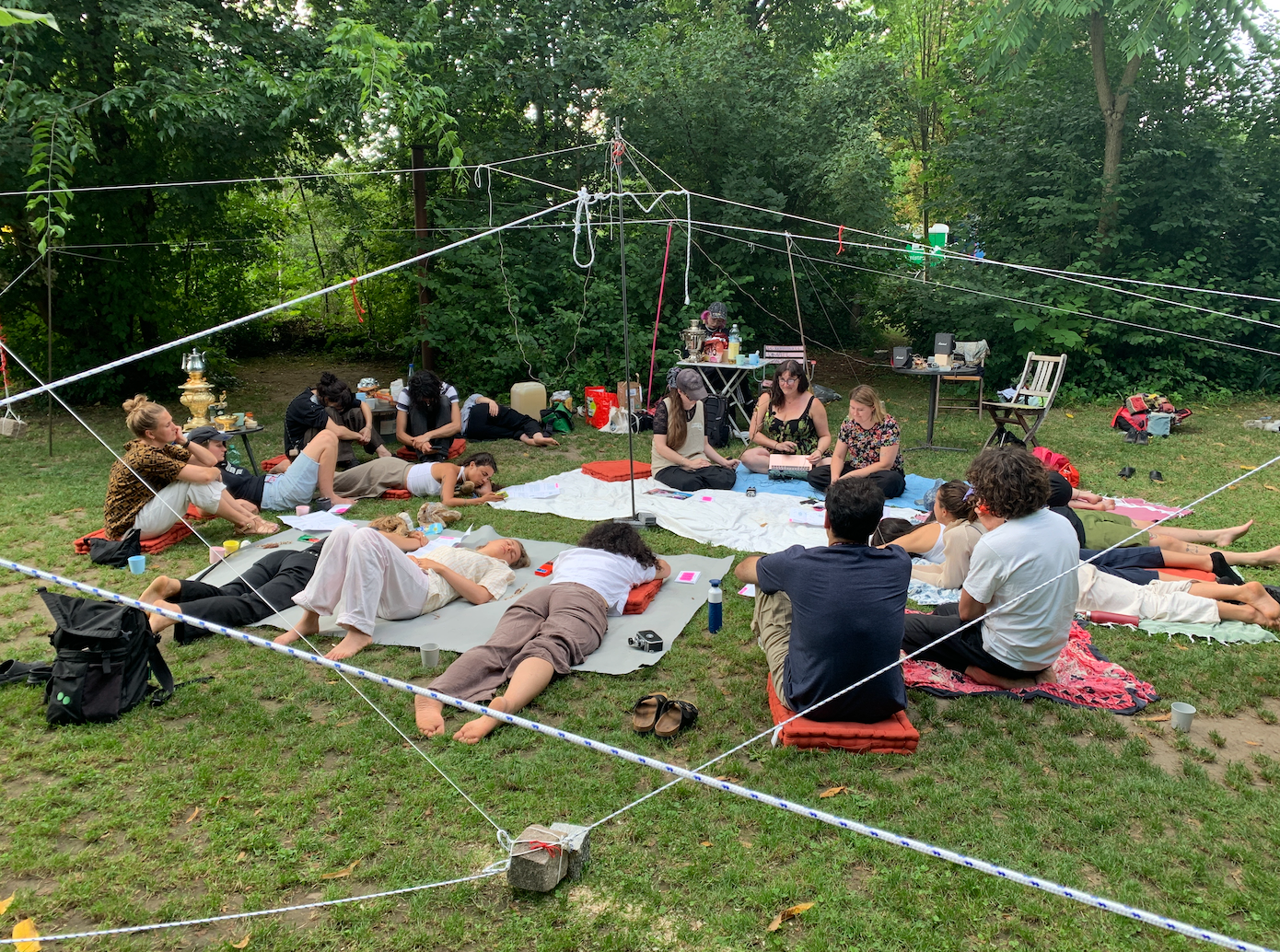Site Description Managed mixed deciduous mountain forest located on the steep Lägeren mountain (NW of Zurich, Swiss Plateau), 800 m asl. The forest is highly diverse, dominated by beech and fir. The site is part of the international CarboEurope IP network and the NABEL (Swiss air quality network) and a long-term forest ecosystem research site (LWF) of the WSL (Institut f.Wald Schnee & Landschaft). Eddy covariance flux measurements were started in April 2004 (tower coordinates: 47°28’42.0″ N and 8°21’51.8″ E; at 689 m asl).
How can climate data be presented in ways that are accessible and understandable to the general public?
What strategies can foster accessible and inclusive climate education for marginalized groups?
With ongoing climate change, effective science communication has become increasingly important. According to scientists, Anthropogenic climate change, driven by excessive greenhouse gas emissions ‒- primarily CO₂ ‒- requires innovative solutions for mitigation. Among those, nature-based solutions have gained significant attention to offset some of the anthropogenic CO₂ emissions. Scientists study how much CO₂ ecosystems take in and release using a method called eddy covariance (EC). This technique measures CO₂ in the air above the land continuously, giving detailed information about the “breathing” of ecosystems over time. While such data are extensively used in scientific research, for instance to evaluate the impacts of climate change and land management on ecosystems, effective communication of these findings to the general public remains a challenge.
According to scientists, in Switzerland, the Swiss FluxNet measures CO₂ in different ecosystems—forests, grasslands, and croplands—over many years. Since 1997, it has collected a total of 129 years of CO₂ data from six long-term sites, with more being added every year. While this information is very valuable for research, sharing it in a way that is easy for the public to understand remains a challenge. Therefore we initiated an interdisciplinary collaboration between science and visual art. The goal was to create a visually engaging and meaningful representation of the flux data, using accessible and intuitive colours and an attractive design, thus simplifying scientific data without compromising content. The collaboration resulted in a figure that showcases annual CO₂ budgets across multiple sites with a uniform colour scale, highlighting year-to-year differences in ecosystem performance as well as typical characteristics of the respective ecosystem.
The artist explores the historical, artistic, and cultural significance of colors, while also considering accessibility for color-blind individuals.
For example, the scientists and artist chose a combination of green and violet hues to represent carbon release and uptake, which, after careful research, is accessible even to color-blind viewers. In this 10-color scale, each color is carefully selected from Japanese fabric colors. A review of art history shows that this color combination has been used in various ways: to represent the atmosphere of urban gardens, where violet often depicts the shadow of women’s silk garments or reflections on water, and green represents trees and plants; to depict the peaceful death of a female figure; and in cartoons, it is sometimes used to represent the evil witch, as in Sleeping Beauty.
The associations of serenity, the ambiguous representation of women’s deaths, and the implied evilness of powerful women in art and animation have been reinforced across multiple generations, becoming part of a shared cultural memory. Therefore, the choice of this color combination both recalls collective memories and evokes subtle emotions, which we believe help people understand the impact of excessive greenhouse gas emissions.
On the other hand, it is well known that women and children in marginalized regions suffer disproportionately from climate change. In my research on the use of color combination of green and violet in art history, I therefore chose to reference representations of women as serene, observed subjects, the ambiguous portrayal of female death, and the implied evilness of powerful women. By evoking these collective cultural memories, such figures serve as reflections on disempowered women, subtly linking women’s fate with that of the environment and drawing greater attention to both.
Yue Wu
I am a visual artist and artistic researcher committed to equitable knowledge production.
SoC Gathering, 2025
04.07.2025 — 06.07.2025

Reflecting on the SoC Gathering this past week at Zurich University of the Arts. Find out more